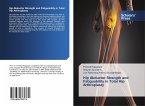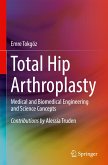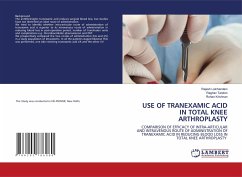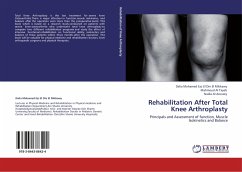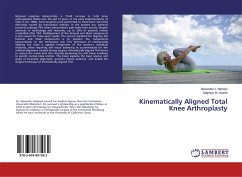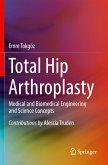Radiographic evaluation of a shoulder before and after Reverse Total Shoulder Arthroplasty (RTSA) requires the knowledge of the shoulder anatomy, specific measurements and pathology with particular attention to details that are relevant to the surgeon in order to prepare, perform and predict the outcome of the surgery. Basic knowledge of the procedure itself and of the prosthesis design and radiographic appearance are important since they allow the radiologist to identify the expected normal and abnormal appearance in the postoperative period. Unlike a conventional total shoulder arthroplasty, a reverse shoulder arthroplasty involves reversal of the glenoid and humeral components, so that glenoid is replaced with a metal ball, or glenosphere, and the humeral head is replaced with a socket. These features make it more fit for managing certain shoulder pathology.
Bitte wählen Sie Ihr Anliegen aus.
Rechnungen
Retourenschein anfordern
Bestellstatus
Storno


